Veteran Nguyen Thanh Dung in Hac Thanh ward - who directly fought with a gun on Laotian soil.
The war has long since ended, but through the memories and recollections of volunteer soldiers, we understand more deeply the friendship between the Vietnamese and Lao peoples, a special bond built with the sweat and blood of many generations.
Mr. Le Reo, Deputy Head of the Liaison Committee of the Vietnam Military Expert and Military Expert Group to Laos, Thanh Hoa Province - who spent 10 years (1965-1975) directly fighting to help Laos, recalled: At that time, I was the Political Assistant of the 217th Engineer Regiment, under the Engineer Command of the Vietnam People's Army. Our unit was assigned the task of opening roads, ensuring traffic, serving our infantry units to coordinate with Laotian liberation army units to defeat the American invaders, in order to protect and expand the liberated areas of the provinces in Northern Laos. Particularly in the Ku Kiet campaign in 1969-1970, the regiment made a huge contribution, ensuring traffic on strategic routes such as Highway 6B, 192km long, Highway 7B, nearly 300km long, Highway 4A + 4B, 150km long... In 10 years, the entire regiment with 5,000 troops ensured traffic on 6 routes with a total length of 760km; opened 58km from Sam Neua town to liberate Pha Thi radar base.
Not only did it successfully complete its mission of opening roads, ensuring traffic, and serving victorious campaigns, the 217th Engineer Regiment also directly fought in hundreds of battles, destroyed thousands of enemies, shot down many planes, and captured many pilots.
Uncle Le Reo proudly recounted: The 217th Engineer Regiment, directly the 6th Battalion, was extremely honored and proud to receive the special task assigned by the Ministry of National Defense to renovate caves, drill and dig hundreds of meters of tunnels in the limestone mountains, connecting the working headquarters for the agencies, departments and branches of the Central Party and the Lao Government at the Nakay base area. In 6 years (from 1967 to 1972), 53 large-scale projects were completed, ensuring absolute safety for the working headquarters of the leaders and Central agencies to lead the Lao revolution to victory on December 2, 1975. The great contributions and sacrifices of generations of cadres, soldiers and defense workers of the 217th Engineer Regiment were awarded the noble title "Hero of the People's Armed Forces" by the Party and State of Vietnam. In addition, there was a heroic battalion, a heroic company and two heroic individuals. The Lao Party and Government awarded two First Class Itxala Medals, two “three excellent” flags and thousands of medals to collectives and individuals.
In the historic days of mid-July, I met veteran Nguyen Thanh Dung in Hac Thanh ward when he had just returned from attending the inauguration ceremony of the Martyrs Memorial House at Thanh Thuy intersection, Tuyen Quang province. Veteran Nguyen Thanh Dung said: Not only did I fight in the battlefields in the country, I also fought directly in the Plain of Jars, Xieng Khouang area of Laos in 1972-1973. This is a prime area, with a particularly important position, occupying this area means controlling the whole of Indochina, so the enemy tried to occupy it while our army was determined to liberate it. In this war, the enemy had more advantages in terms of weapons, ammunition, food, and provisions, but our army, with its courage and intelligence, captured and liberated many places. However, our biggest difficulty was the long rainy season in Laos, the supply of weapons, ammunition, food, and provisions was mainly by road, passing through many hills and mountains, so it was very difficult. Knowing that weakness, the enemy attacked and recaptured about 50% of the liberated areas. After the Paris Agreement on ending the war and restoring peace in Vietnam was signed in early 1973, the situation changed a lot. Although the enemy continued to attack, they did so less fiercely, while our army had advantages in many aspects, so by December 1973, our army had basically occupied the entire Plain of Jars and Xieng Khouang. After that, we were ordered to withdraw to prepare to participate in the Central Highlands campaign and the historic Ho Chi Minh campaign.
Following President Ho Chi Minh's teaching "helping friends is helping yourself", on October 30, 1949, the Central Committee of the Indochinese Communist Party decided that "Vietnamese military forces fighting and working to help Laos should be organized into a separate system, under the name of the Vietnam People's Army". This was a bright historical milestone, marking the growth and maturity of generations of Vietnamese military officers and soldiers. Throughout the nearly 40-year long journey, generations of Vietnamese military officers and experts stood shoulder to shoulder with the Lao army and people to fight the common enemy five times, until 1987 when they withdrew all their troops back home.
Together with the whole country, the Party Committee, army and people of all ethnic groups in Thanh Hoa province sent tens of thousands of people to Laos to carry out international missions against the French colonialists and the American imperialists in the formations of Divisions 316, 324, 968, 678, and the 217th Engineer Regiment... They accepted countless hardships, fierceness, and sacrifices, and excellently completed their missions. Among them, many cadres and soldiers made outstanding achievements and were awarded the noble title of Hero of the People's Armed Forces, such as hero Lo Van Buong and hero Le Van Trung...
The journey of many years of direct participation in combat, helping Laos to stabilize and develop has further illuminated the image of “Uncle Ho’s soldiers” with a noble, impartial, and pure international spirit. Thereby, further strengthening the solidarity between Vietnam and Laos in the struggle for national independence, as well as in the cooperative relationship for mutual development today.
Article and photos: To Phuong
Source: https://baothanhhoa.vn/nhung-nam-thang-khong-quen-tren-dat-ban-lao-255127.htm


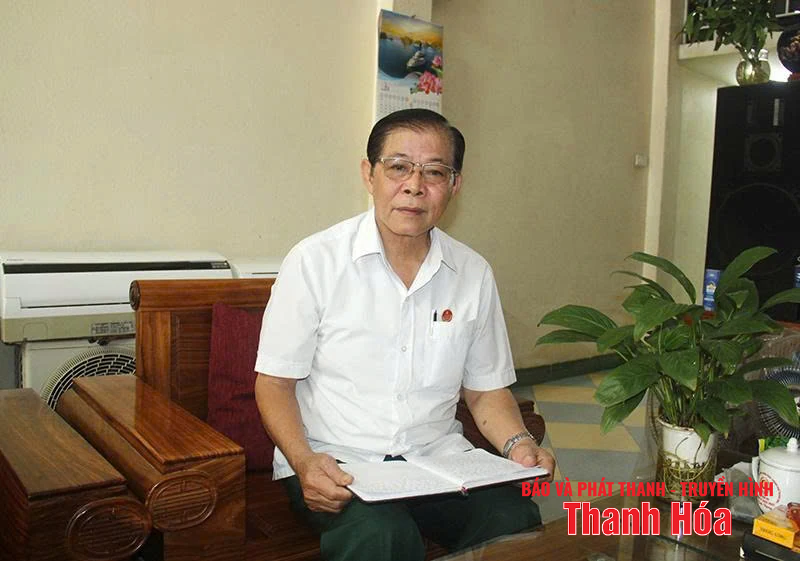
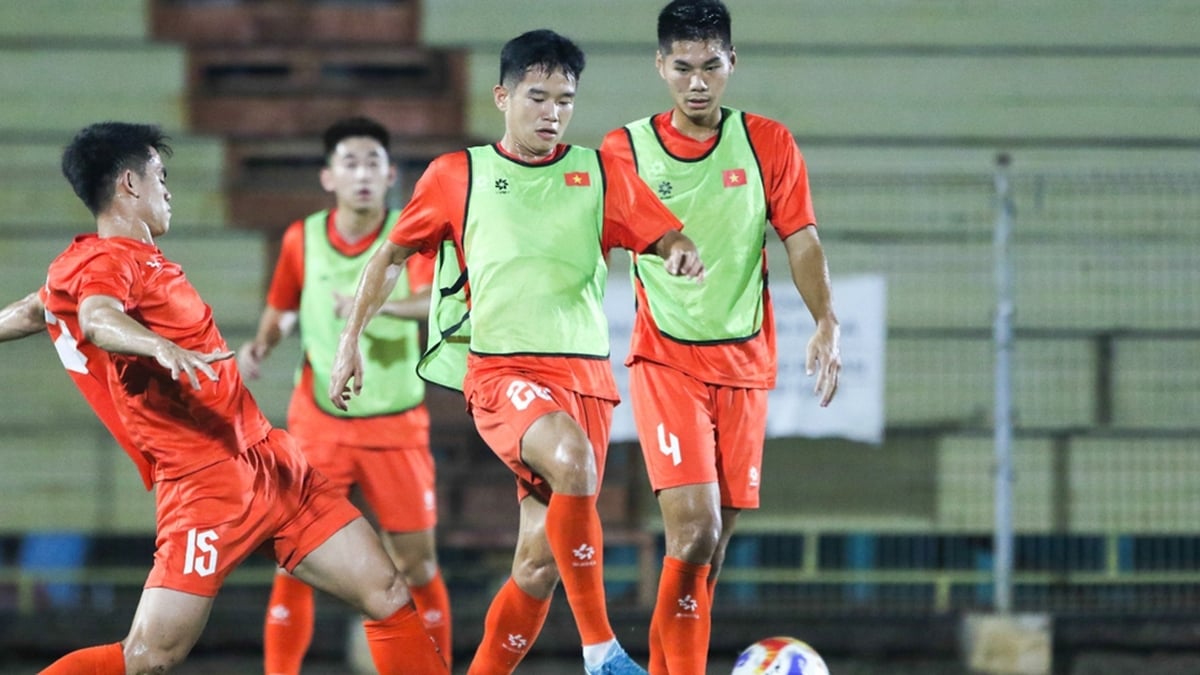

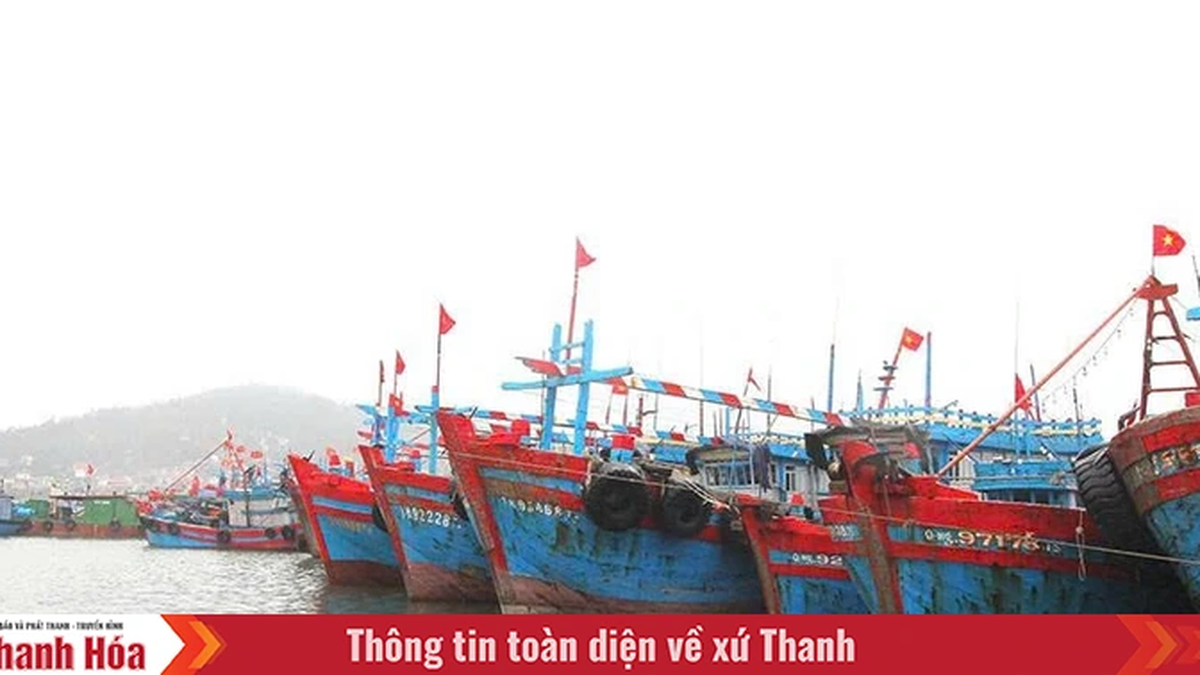

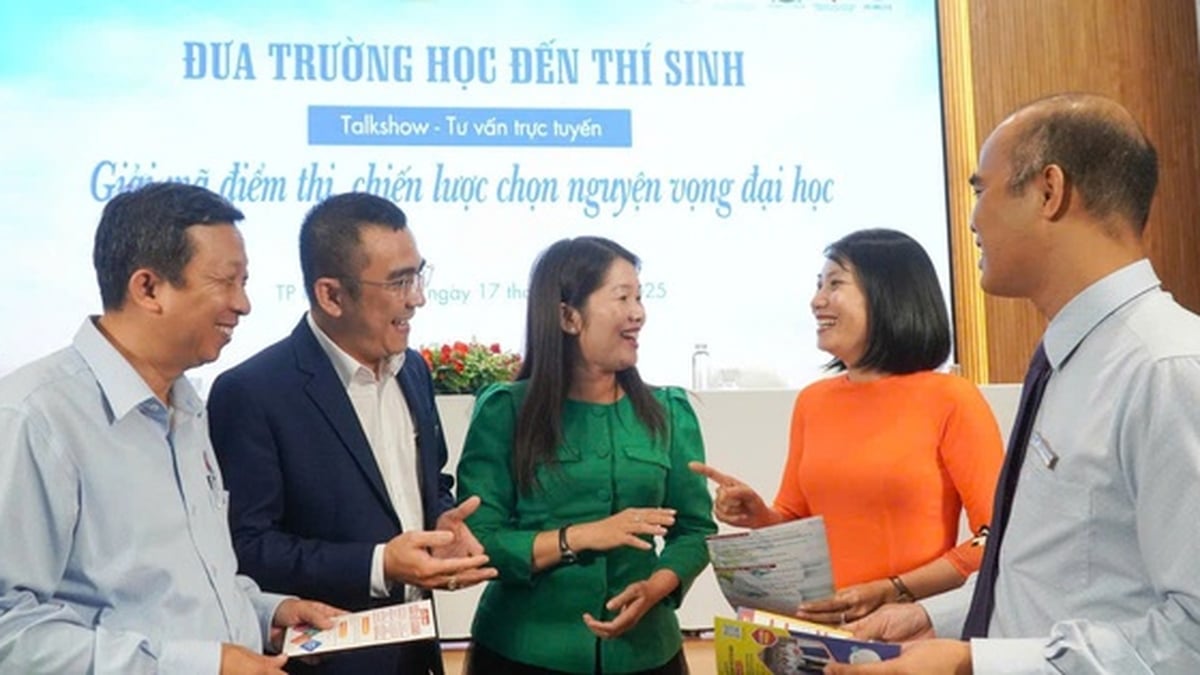
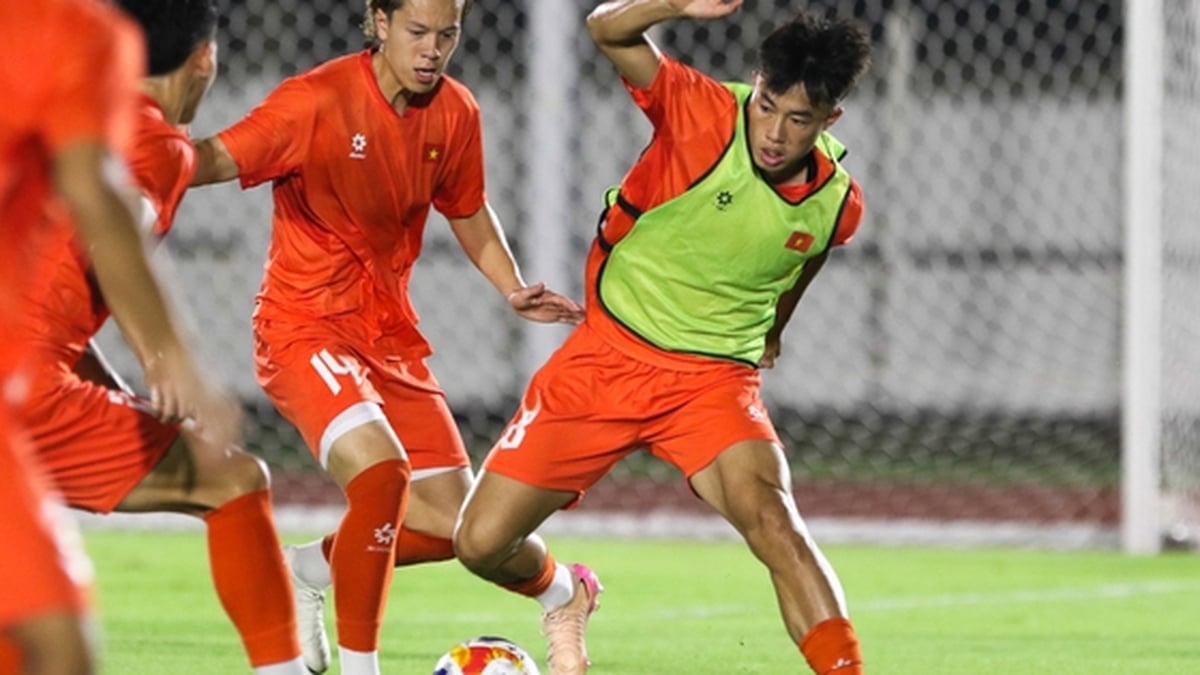


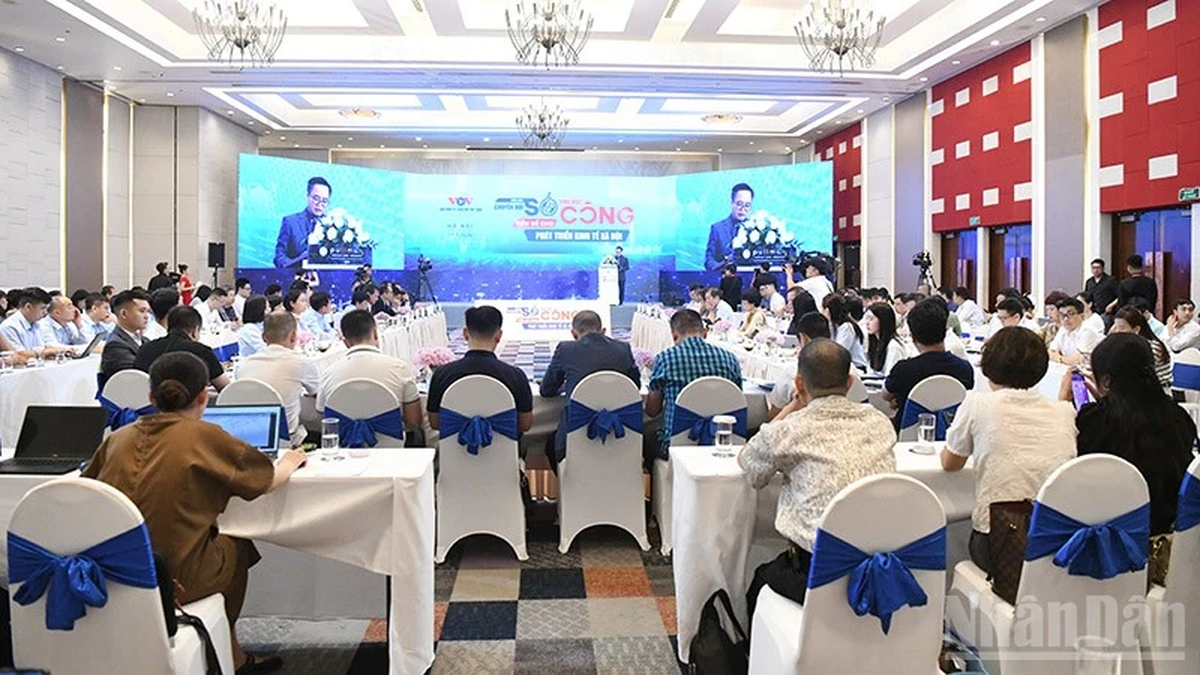


























































































Comment (0)